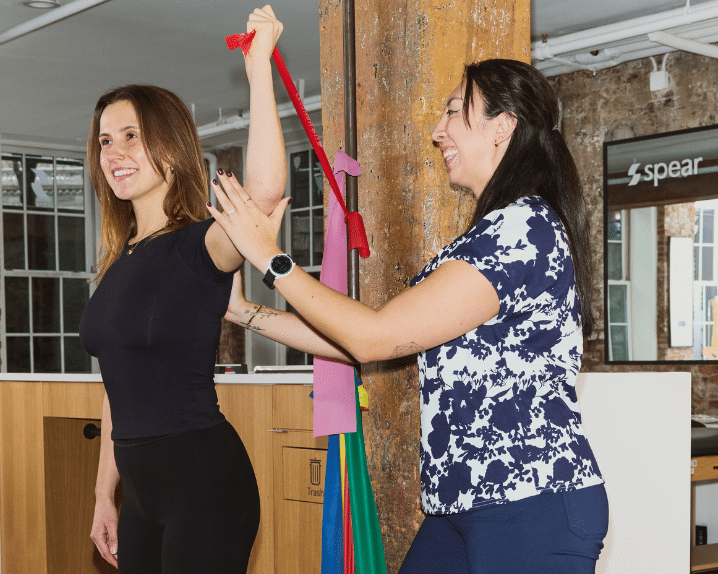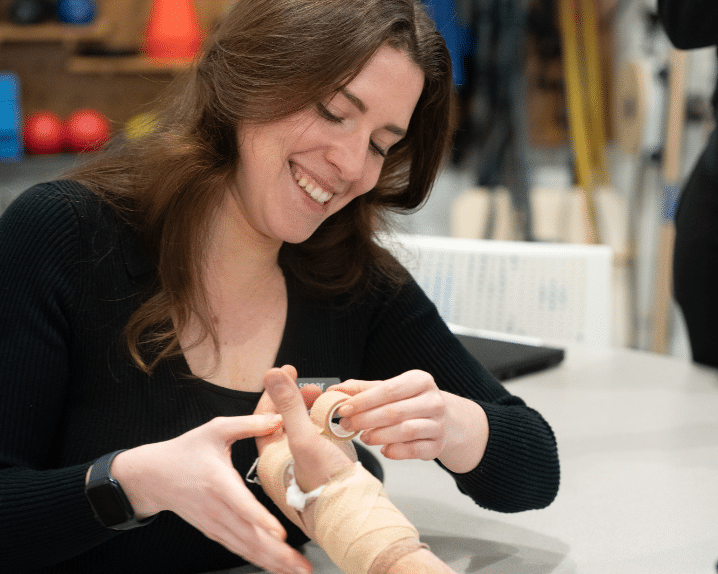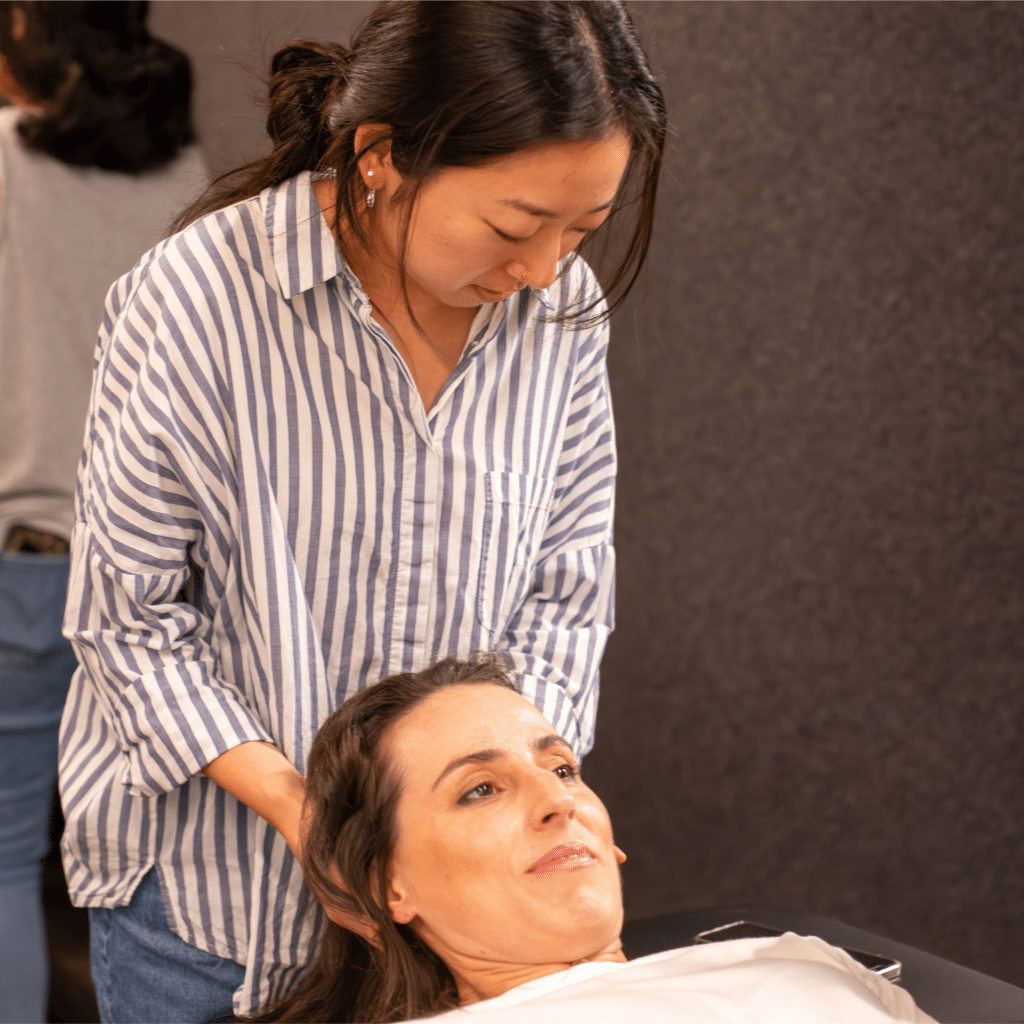Search
- Take a tour
- Meet our providers
- ServicesLorem ipsum dolor sit amet, consectetuer adipiscing elit, sed diam nonummy nibh euismod tincidunt ut laoreet dolore magna aliquam erat volutpat. Lorem ipsum dolor sit amet, consectetuer adipiscing.Learn More
- Ready to get started?From pediatrics to geriatrics, hand therapy to TMJ, golf swing analysis to women’s health, and more, we take the time to understand your needs and match you with one of our top-rated therapists to create a personalized program that perfectly aligns with your unique goals.View all

Popular
Physical therapy

Popular
Occupational therapy
- Explore Spear
- Careers



